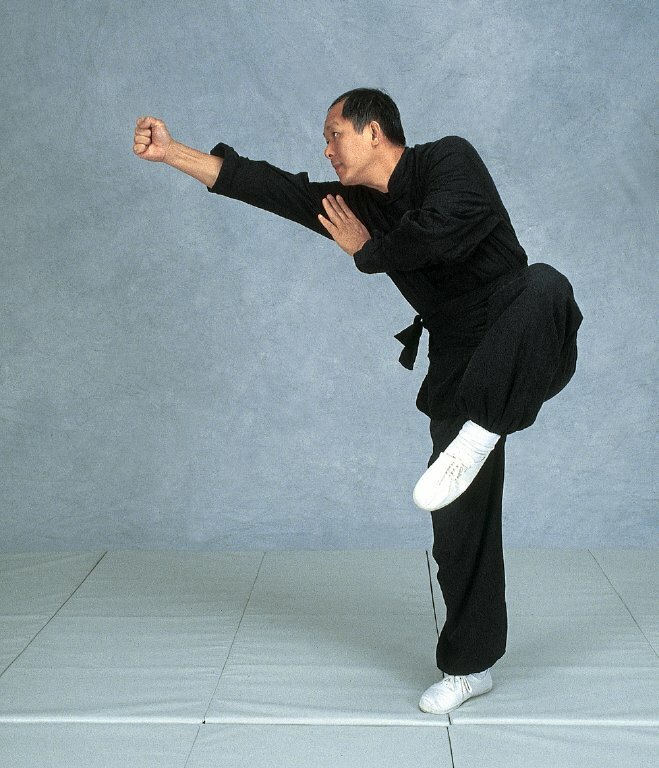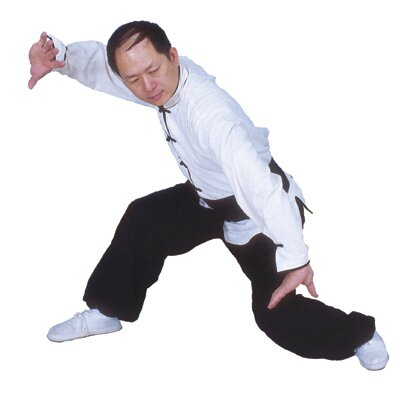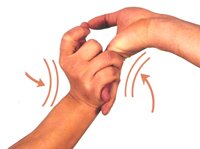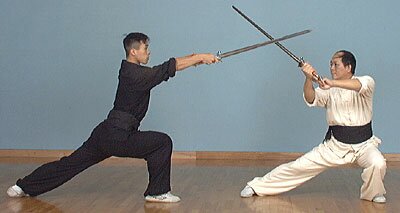Kung Fu Styles
 At Yang’s Martial Arts Association (YMAA), students learn two traditional styles of Kung Fu:
At Yang’s Martial Arts Association (YMAA), students learn two traditional styles of Kung Fu:
Long Fist (Chángqúan 長拳) is a northern style directly descended from the Shaolin Temple. It specializes in kicking, jumping, and mid to long-range techniques. This style emphasizes the use of legs; therefore root, strength, flexibility, and agility are the focus of Long Fist training. Long range punches are employed, but the hands are used primarily for blocking and parrying. In YMAA training, techniques of Shaolin Qin Na (Chin Na) and the White Crane style are trained for close-range fighting.
 White Crane (Bái Hè 白鶴) is a southern style specializing in hand techniques for short to mid-range combat. It uses hard and soft internal energy, Qìgōng (Chi Kung 氣功), for its power manifestation (Jìn 勁). Training in White Crane demands a conditioned body in order to withstand the great power that can be generated by the shaking Jin, and the specialized whipping and arcing motions of the waist, chest, and spine.
White Crane (Bái Hè 白鶴) is a southern style specializing in hand techniques for short to mid-range combat. It uses hard and soft internal energy, Qìgōng (Chi Kung 氣功), for its power manifestation (Jìn 勁). Training in White Crane demands a conditioned body in order to withstand the great power that can be generated by the shaking Jin, and the specialized whipping and arcing motions of the waist, chest, and spine.
 Students also learn Qín Ná (Chin Na 擒拿), practical and effective joint-locking techniques for controlling an opponent without injuring him/her. YMAA trains about 120 Qin Na techniques, and students must learn a number of Qin Na for each rank.
Students also learn Qín Ná (Chin Na 擒拿), practical and effective joint-locking techniques for controlling an opponent without injuring him/her. YMAA trains about 120 Qin Na techniques, and students must learn a number of Qin Na for each rank.

Weapons include:
- staff
- saber
- short rods
- sword
- spear
